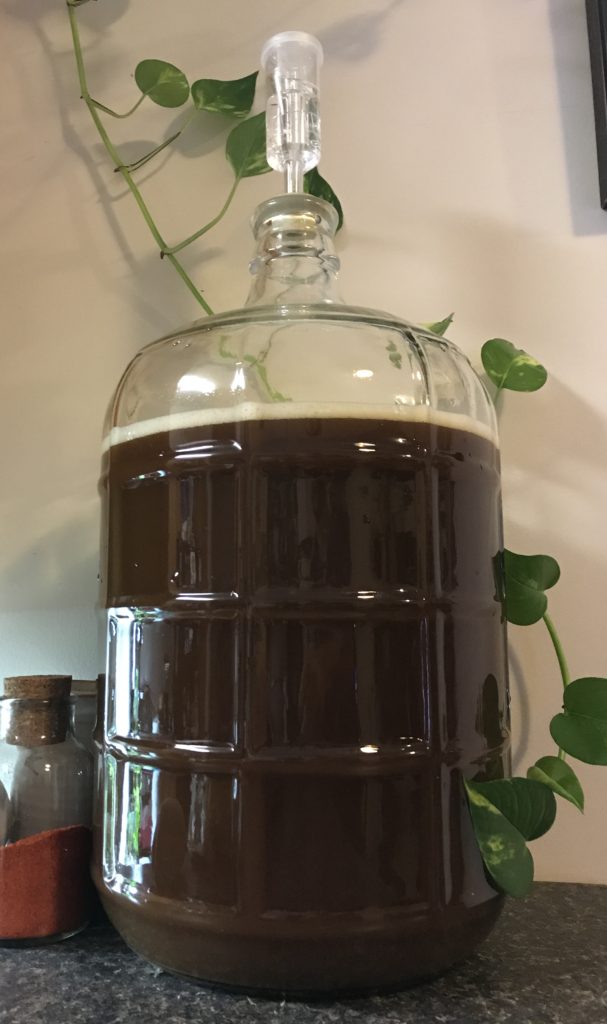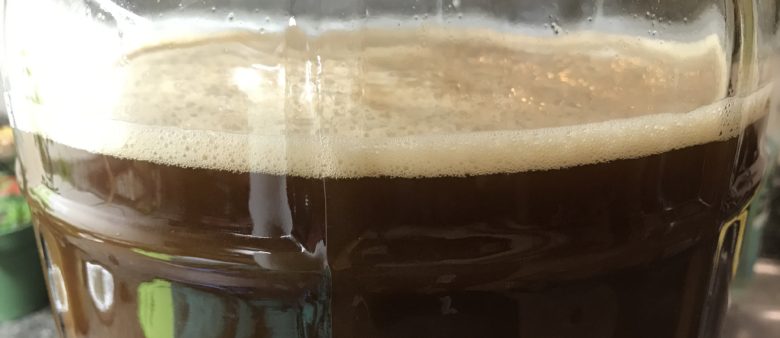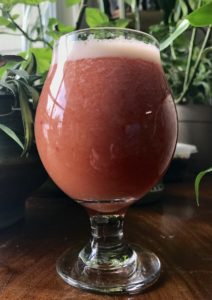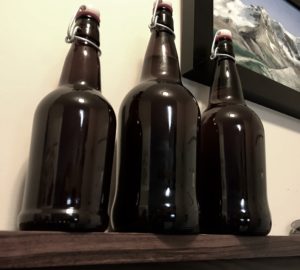Brew A Belgian Dubbel
Malty and drinkable, this slightly boozy light brown Belgian ale is perfect for sipping and staying warm. Loaded with Belgian fruit character and made “more digestable” through the addition of Belgian candi sugar, this ale is sure to please.
We have to thank Asheville Brewers Supply for this great recipe.
Ingredients for 2.5 gallon
3.3 lb Bries Amber LME
1 lb Gold DME
1/2 lb Dark Candi Sugar (add last 15 min of boil)
1/2 lb Grain (.1 Carmunich .25 Munich .15 Special B)
1/2 oz Perle hops (add @ 0 Min)
1/2 oz Perle hops (add @ 45 min)
Total boil time 60 min
1 White Labs Abbey Ale or Lallemand Abbaye Yeast
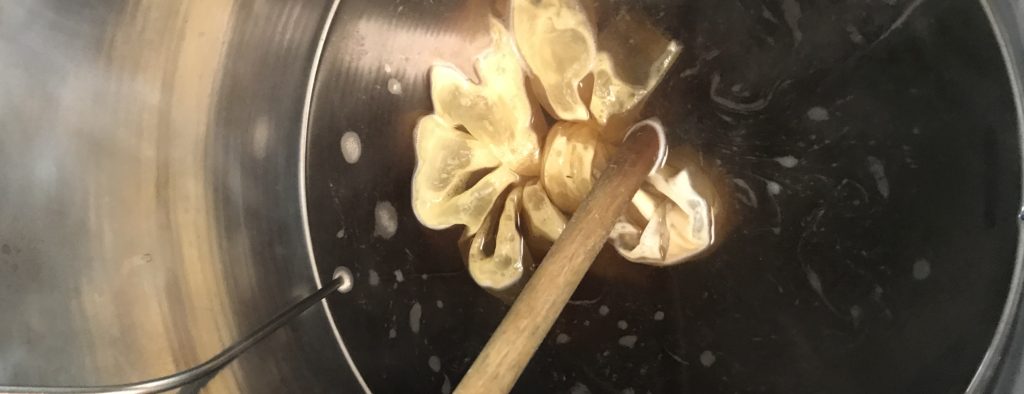
Directions
First, Prepare your equipment and ingredients; make sure you have all you need to proceed. To brew on your stove top, you will only be boiling half your volume and topping off with cold water in the fermenter later.
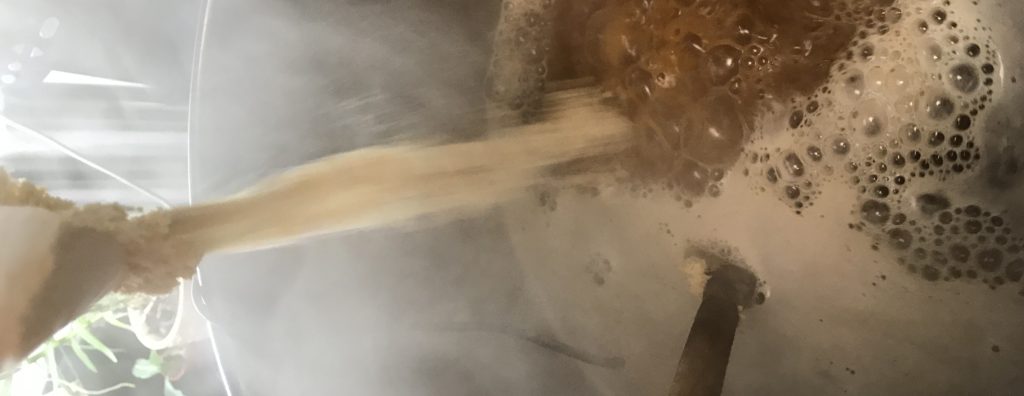
- Remove yeast from refrigerator and set aside to incubate to room temp. Place 1.5 gallons of water in a big pot (about 16qt). Heat the water to 155-160F and add your grain bag to steep for 30-45 min. DO NOT allow water temp to exceed 175F when grain is present. If it gets too hot, cool it down with a little cold water. youYou do not need to maintain heat while steeping, its ok if it cools some.
- Remove grain bag from your “barley tea.” You may place the grain in a colander over your kettle/pot and rinse the grain with water at about 160-170F (this is called “Sparging’). You may also just place the bag in a bowl, allowing it to drain out it’s remaining juices, and then adding this small amount of grain tea back to your kettle/pot later.
- Bring your grain tea to a boil, then turn down the heat to a simmer. Add your malt extracts, stirring constantly so as to not let the extract clump or collect on the bottom of the kettle, where it will scorch.
- When your extracts are thoroughly dissolved into the solution, crank up the heat and return to a boil. DO NOT turn your back on the kettle at this point. As it approaches boiling, it will suddenly want to boil over. At that time turn down heat and stir. It may take a few times doing this, but it will subside and begin to boil regularly. Start your stopwatch now.
- Hops! Once boiling, follow the hop chart above. The hops are listed in the order you will add them. When your stopwatch reads the listed time add the corresponding hop.
- When finished with the boil, chill your beer by removing the kettle from the heat and placing in an ice bath. Don’t add ice directly to the kettle, as this might contaminate your beer. Pre-refrigerating about 1.5 gallons of water is helpful since after the beer-to-be (called wort) in your kettle reaches a temperature of about 110F, you can mix with the cold water to reach 70-75F. Pour your wort into the sanitized fermenter, trying to leave most of the sludge at the bottom behind. Top off with water to 2.5 gallons.
- You have made your wort, now let the yeast make the beer! Add yeast when wort is 70-75F and shake/rock fermenter for for several minutes to infuse with oxygen. Yeast needs oxygen to reproduce and this is the ONLY time you want to add oxygen to your beer.
- Insert airlock and ferment between 60-72F for two weeks, then siphon into keg or bottling bucket. To bottle, use 1oz/gallon of corn sugar, or 3/4 cup, dissolved in 2cups hot water. Add priming solution to bottling bucket while siphoning beer.
- Store Bottles at room temp for 2 weeks to carbonate, then start adding to the fridge. After several days chilled, C02 will be absorbed by the beer and it will be carbonated. Pour your beer into a glass, leaving behind the yeast sediment, which is a natural byproduct of bottle conditioning. Rinse your bottle immediately and save it for your next batch.
Cheers!!
